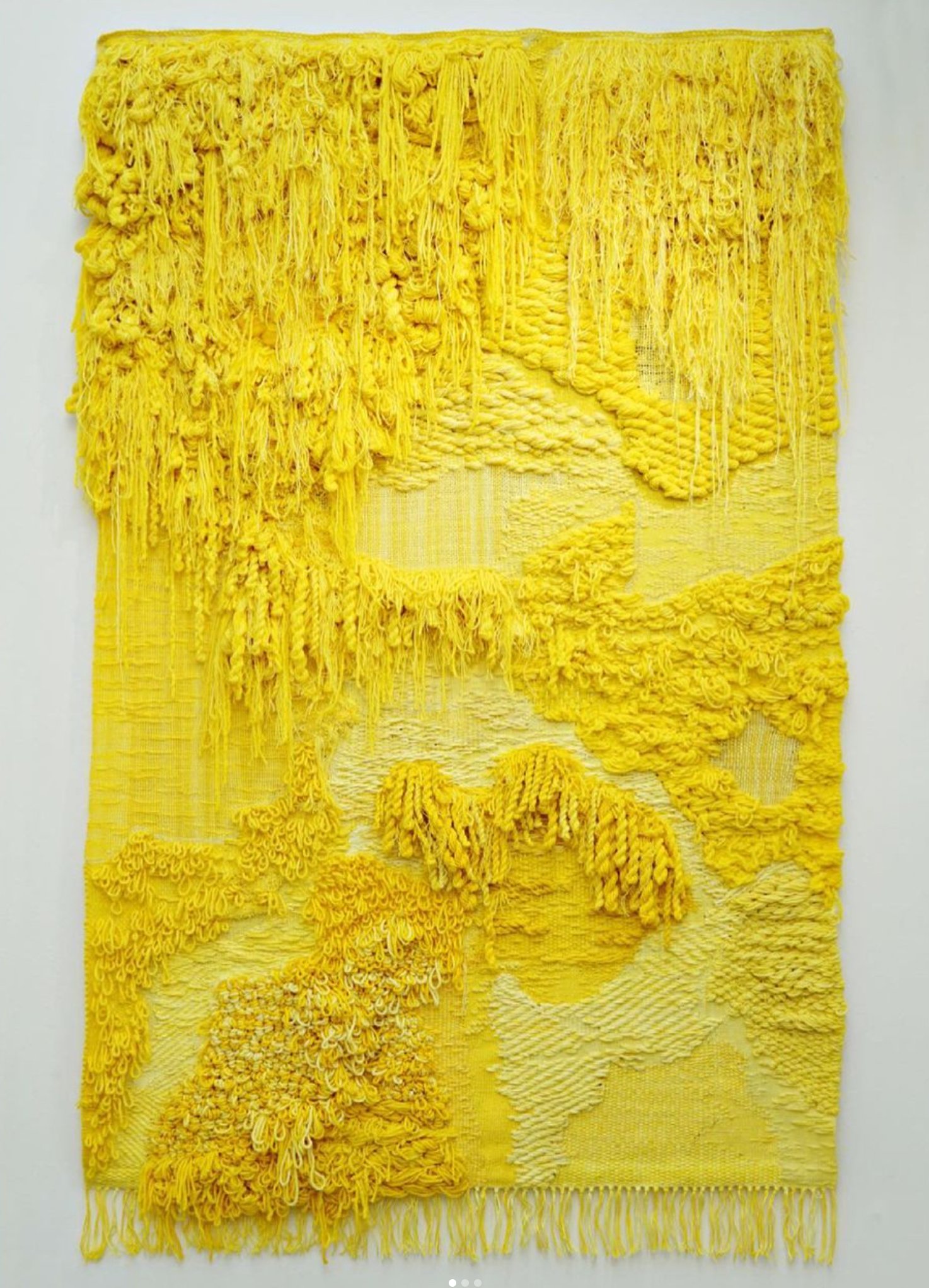
EDITORIAL
On the Poetics of Brevity
March 2025
In a 1967 interview with Ronald Christ, Jorge Luis Borges remarked:
“As to my writing short pieces, there are two reasons I can give you. The first is my invincible laziness. The second is that I've always been fond of short stories, and it always took me some trouble to get through a novel” (The Paris Review, "The Art of Fiction No. 39").
Borges, a master of brevity, understood that complexity does not require length. His essays, poems, and short stories distilled vast ideas into precise, concentrated forms. This ability to compress profound thought into a limited space demands an artistry akin to that of photography, sculpture, painting, and other visual media.
These forms exist between the fleeting and the profound, stripping narrative, image, and emotion down to their essence and transforming constraints into aesthetic choices. In a world saturated with exhaustive storytelling and lengthy explanations, the short form, whether in literature, visual art, or film, reminds us that brevity is not merely a necessity but a radical aesthetic. It is a way of seeing the universe.
No cinematic form embraces risk like the short film. Unburdened by the commercial demands of feature-length productions, short films enjoy the freedom to experiment, challenge storytelling conventions, and blur the lines between the poetic and the cinematic. They function like visual haikus (suggestive and elliptical) or as bursts of intensity, where hyperbole and excess replace traditional structure. Whether through blunt minimalism or layered complexity, short films engage viewers in a unique way, inviting interpretation, demanding participation, and often resonating long after they conclude.
At The Pasticheur, we rarely publish short films; not by choice, but because few are submitted. This issue, however, features three filmmakers whose work embodies the spirit of experimentation: Gonzaga Gómez-Cortázar Romero, Tommy Hartung, Ivana Larrosa, and Owen Wood aka CreativeProject. Each, in their way, expresses the poetics of brevity, the ability to distill vast emotions into a glance, a cut, a frame. Their films remind us that what is left unsaid can be as powerful as what is revealed and that the shortest works can leave the longest echoes.
In keeping with this exploration of brevity and meaning, we also feature sculptor Zac Benson and photographer Paolo Morales. Benson’s work engages with themes of faith, belief, and social engagement, while Morales captures the isolation, longing, and emotional distance experienced by those pushed to the margins in an increasingly intolerant world.
Brevity in art is not new. Even in antiquity, the compression of meaning into form was recognized as a powerful aesthetic. Marguerite Yourcenar’s Memoirs of Hadrian imagines the emperor reflecting on this very idea:
“The written word has taught me to listen to the human voice, much as the great unchanging statues have taught me to appreciate bodily motions. On the other hand, but more slowly, life has thrown light for me on the meaning of books.”
Hadrian’s words suggest that just as statues compress movement into stillness, writing, at its best, condenses the vast complexity of life into a form that speaks beyond its limits. The same could be said of photography and film. Both capture fleeting moments and transform them into something enduring, extracting entire narratives, emotions, and ideas into a single frame or sequence.
I am personally moved by the works we present in the March 2025 issue. We encourage our readers to support and invite artists and writers committed to exploring differences as richness to consider The Pasticheur as a home for their work. Art, in its many forms, challenges us to see more clearly, listen more closely, and understand more deeply, often in the smallest of gestures, the quietest of moments.
Jorge R. G. Sagastume
Editor
This Issue’s Contributors






